Say Hello to Hamomin, Cutlery-Themed Mascot of Seki, Japan
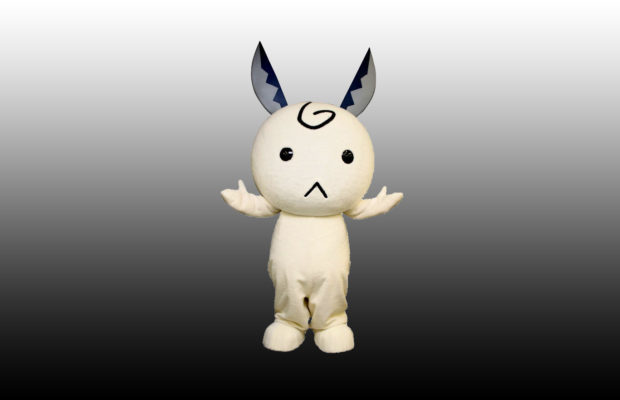
In the west there are mascots from restaurants or sports teams, but in Japan mascot culture goes way deeper: cities, towns, railways, ports, volunteer groups and more all have their own individual mascots – or yuru-chara, as they’re called. And the mascot for Seki City, world-famous for its sword and knife culture, is Hamomin.
“There’s a long history of quirky characters in Japanese folklore and traditional art, and they can be seen everywhere in modern video games, manga, and anime,” says Chris Carlier, a writer and illustrator living in Tokyo and the mind behind Mondo Mascots, which chronicles the world of yuru-chara on Instagram and Twitter. “I’d say the mascots are an extension of that.”
Hamomin is a rabbit with scissor blades or garden shears instead of typical rabbit ears. These edged ears are an obvious reference for knife nerds: Seki City has been a center of Japanese bladecraft for hundreds of years thanks to the abundant, and high quality natural resources of the area: plentiful timber for charcoal and sand rich with iron. During the Muramachi period (1336 – 1573 CE), Seki boasted more than 300 different sword makers.
According to the Seki City website, Hamomin has a growing sprout instead of a regular rabbit tail to represent the growing modern city of Seki itself. Indeed, Seki’s reputation as a cutlery capital of the world continues to this day: it ranks with the other great knife making cities of Solingen, Germany, Maniago, Italy, and Portland, Oregon. SOG, Al Mar, A.G. Russell, and many other companies have had knives made there. Mcusta, Moki, and G. Sakai all call the city home. Anybody who has purchased a Delica or Endura will be familiar with the “Seki-City” imprint on the base of the blade.
The world of furu-chara is a crowded one, to be sure. “I’d say the most popular are Kumamon, a big, black bear-like monster who’s the official mascot of Kumamoto Prefecture; and Funassyi, a pear fairy, who’s the unofficial mascot of Funabashi City,” says Carlier. These furu-chara make appearances on billboards, commercials, and on-stage performances. Carlier tells us that, sadly, Hamomin is somewhat of a minor furu-chara in comparison. “He isn’t as famous as these two yet, but if he adopts a gimmick or a party trick, he might get Japan’s attention and hit the big time. Maybe knife-throwing or sword swallowing?”
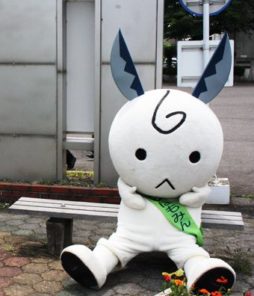
Mascot in Featured Image: Hamomin


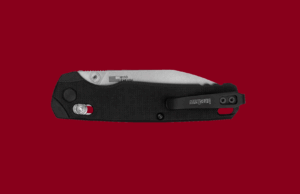
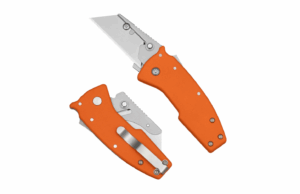
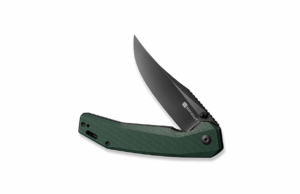

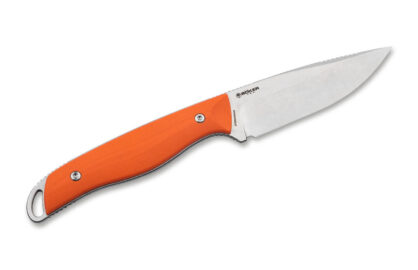




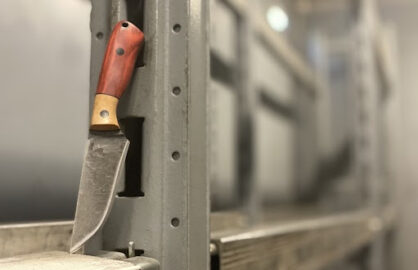
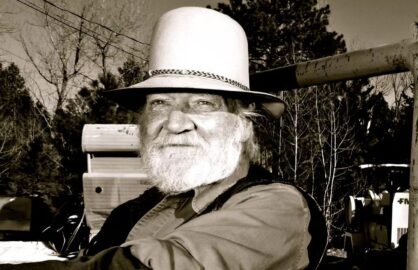
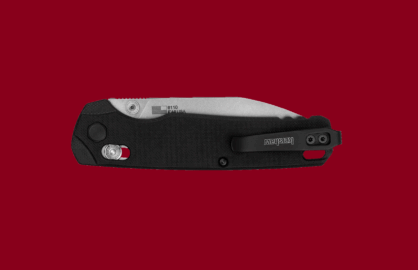
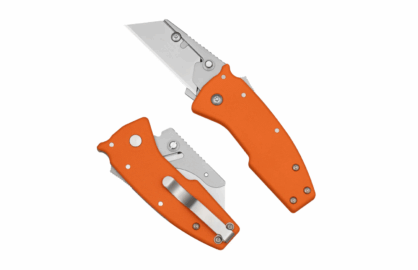






0 comments